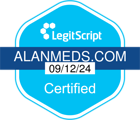In recent years, low-dose naltrexone (LDN) has quietly emerged from the shadows of addiction treatment to become one of the most intriguing—and talked about—therapies in pain management and chronic inflammation care. Once known solely for its high-dose use in treating alcohol and opioid dependence, naltrexone at very low doses is being spotlighted for its potential to reduce pain, tame inflammation, and support emotional resilience.
Why Now? The LDN Surge
So why is LDN suddenly making headlines?
A growing number of physicians, researchers, and patients are openly discussing its impact on a wide range of hard-to-treat conditions—from fibromyalgia and multiple sclerosis to long COVID and neurodegenerative diseases. Most recently, a deep-dive interview with Dr. Sean Mackey on The Drive podcast (hosted by Dr. Peter Attia) brought the science and real-world potential of LDN into the mainstream.
Dr. Mackey, Chief of Pain Medicine at Stanford, described his clinical use of LDN for patients with centralized pain disorders like complex regional pain syndrome (CRPS) and post-stroke central pain. He recounted cases where patients experienced dramatic relief—and in some cases, unexpected cognitive or speech improvements—after starting LDN therapy. His takeaway: “This drug's been magical for some patients”.
How LDN Works: The Inflammation Blocker
At its core, LDN works by modulating microglia—immune-like cells in the brain and spinal cord that, when overactivated, release a cascade of inflammatory chemicals associated with chronic pain and fatigue. LDN is believed to calm this neuroinflammatory “soup,” thereby reducing pain signals and restoring balance to the nervous system.
This mechanism is distinct from typical anti-inflammatories or opioids. LDN doesn't blunt pain in the traditional sense—it targets the root cause of persistent pain at the cellular level.
Conditions Being Studied (and Buzzed About)
LDN isn’t FDA-approved for these off-label uses yet, but it’s being explored for a growing list of conditions:
- Fibromyalgia and chronic fatigue syndrome
- Multiple sclerosis (MS)
- Crohn’s disease and ulcerative colitis
- Rheumatoid arthritis and lupus
- Long COVID
- Neuroinflammatory disorders, including Alzheimer’s disease
Studies and anecdotal evidence point to improvements not only in physical pain, but in sleep, energy, and even mood—all tied to inflammation and immune function.
While LDN isn’t a cure-all, it’s a compelling option for those with chronic, treatment-resistant conditions. As Dr. Mackey put it: “I’m hard-pressed to come up with significant risks.” With more clinicians taking notice, LDN may finally be getting the spotlight it deserves—not as a miracle, but as a powerful tool in a comprehensive, compassionate care plan.
{{low-dose-naltrexone}}
Sources
Mackey, S. & Attia, P. The Drive Podcast, Ep. 345: “Chronic Pain and Recovery.” [Transcript]
https://www.sciencedirect.com/science/article/abs/pii/S0166432825000269
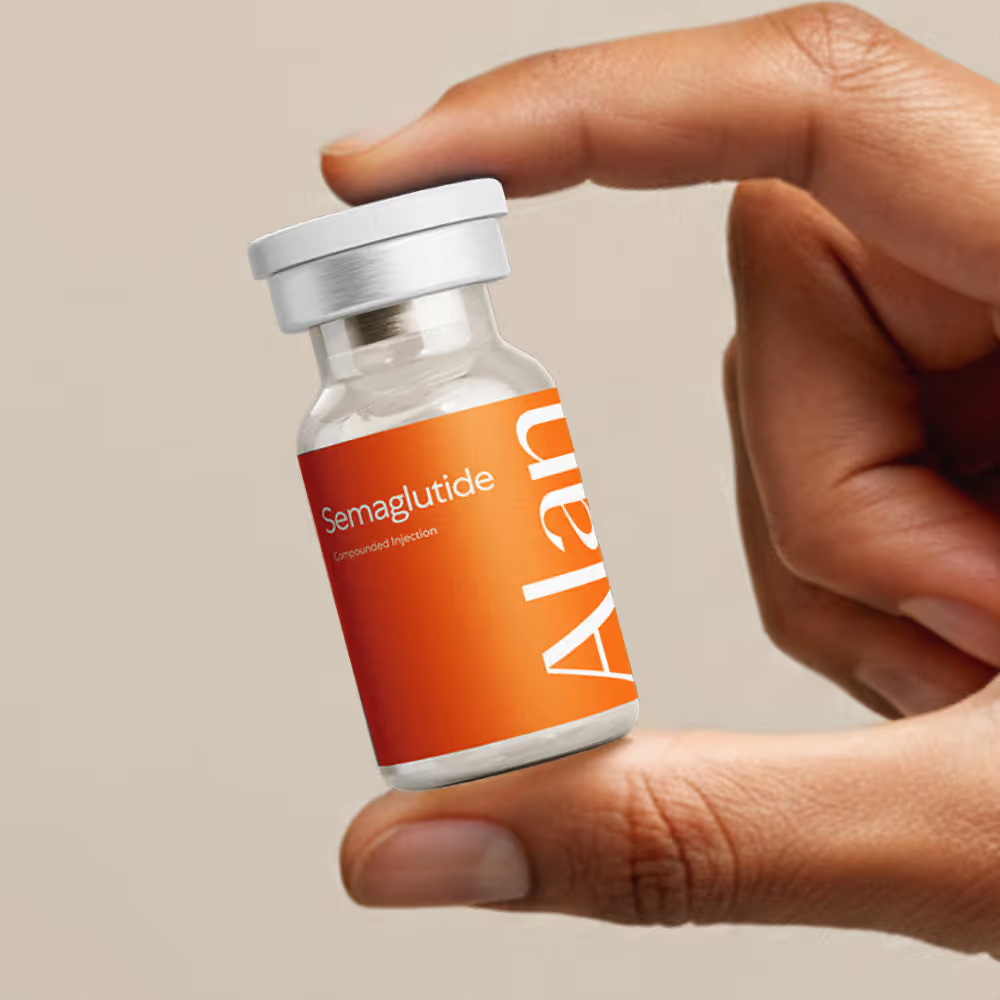

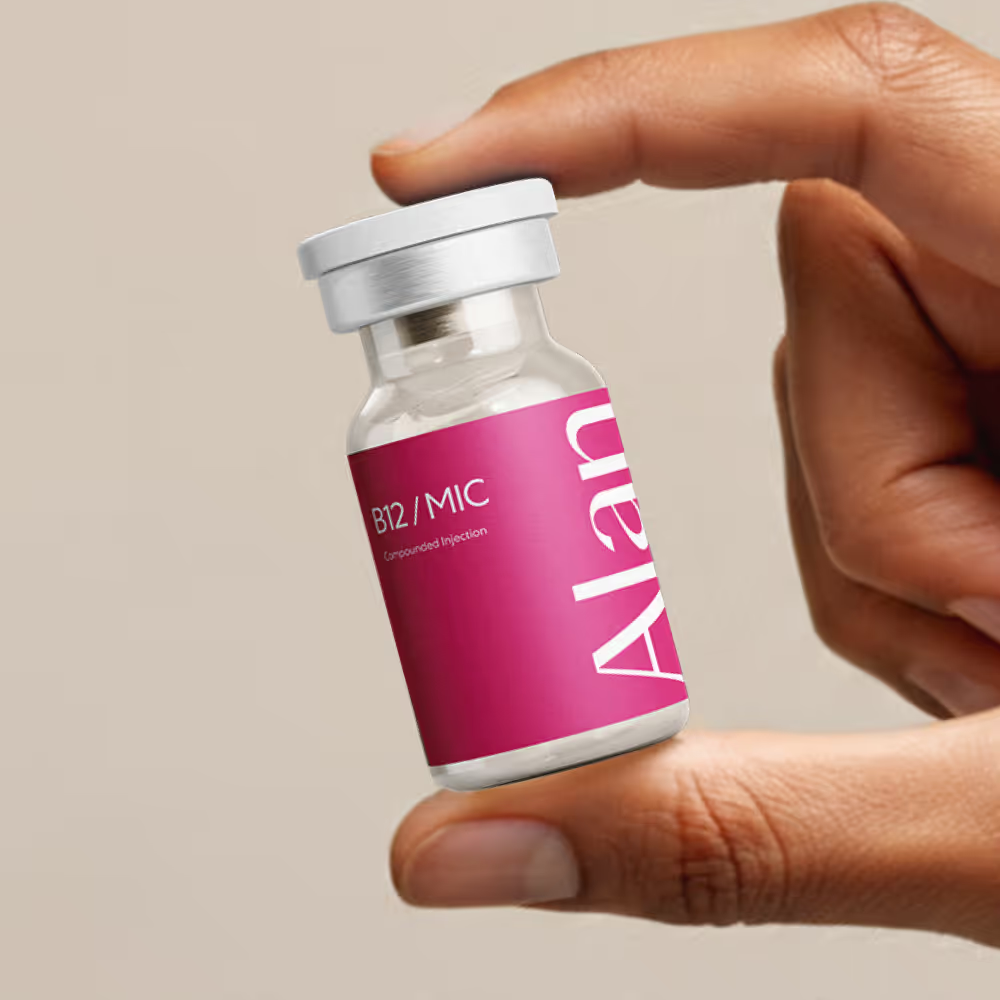

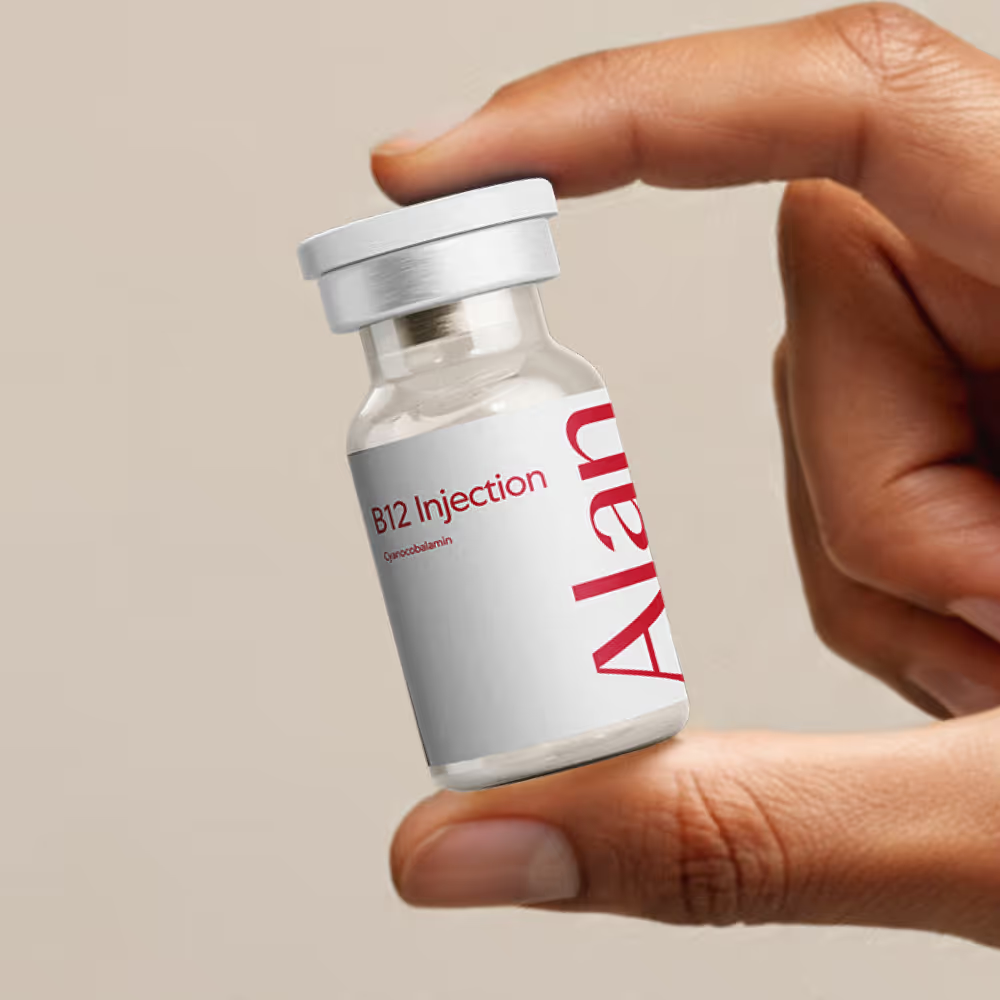

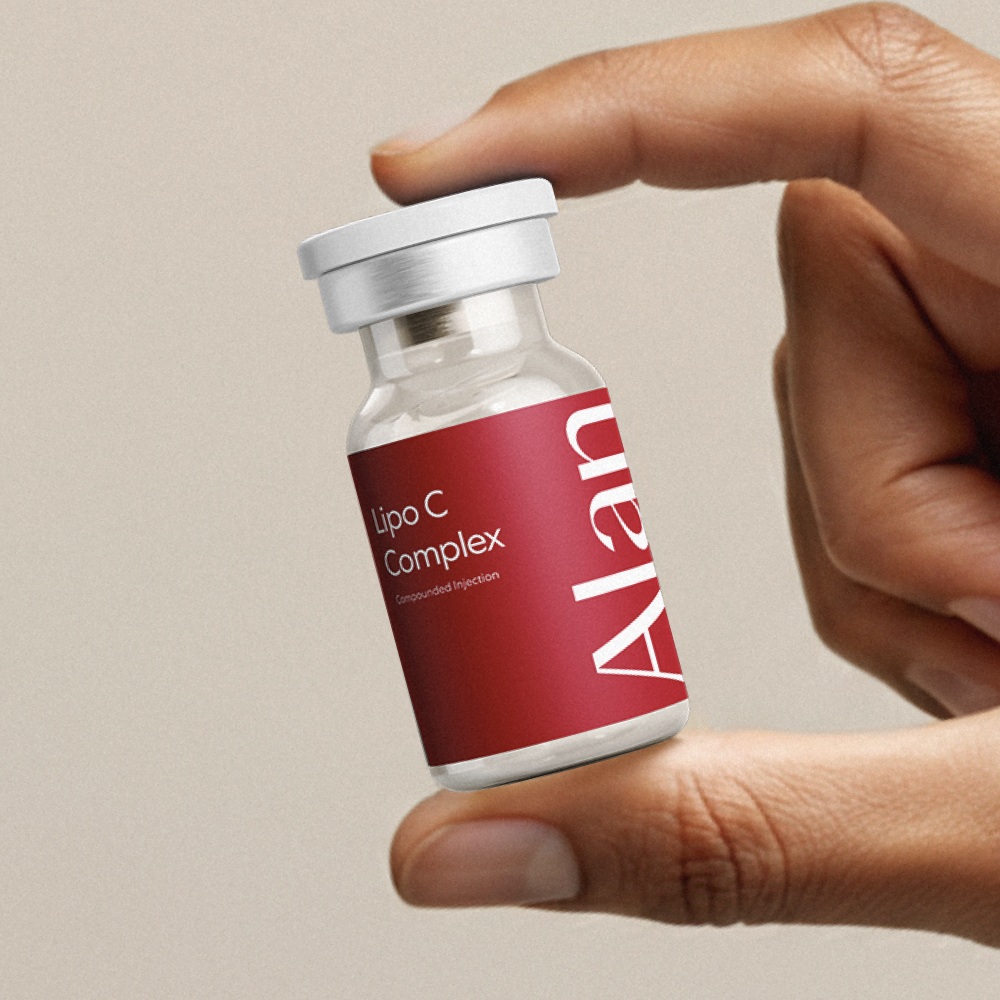

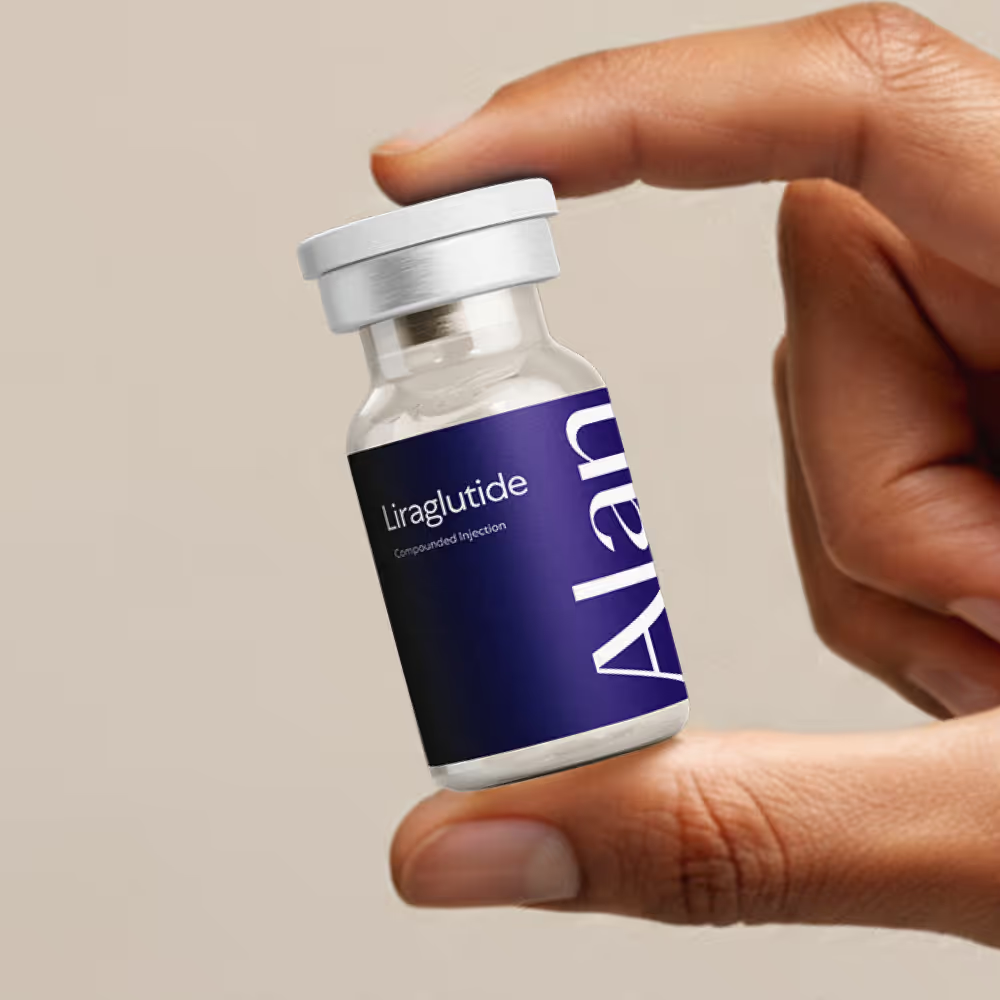

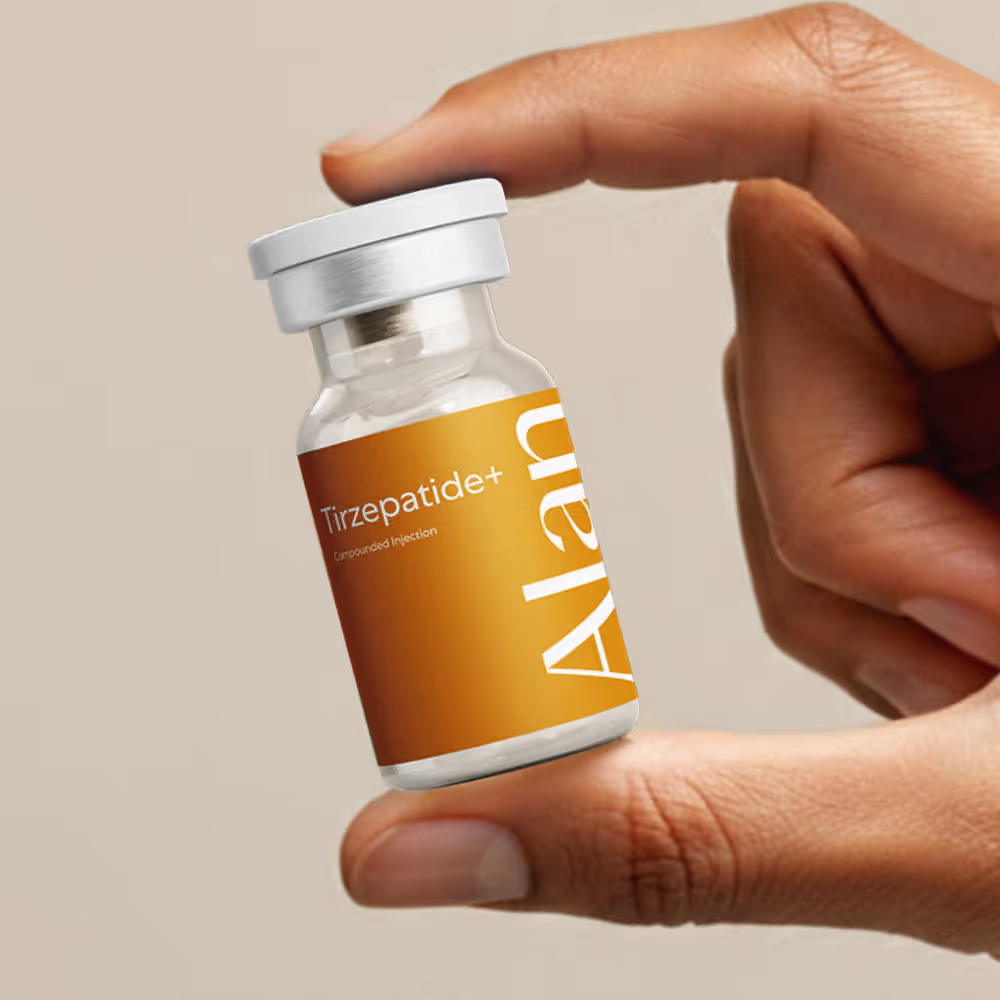





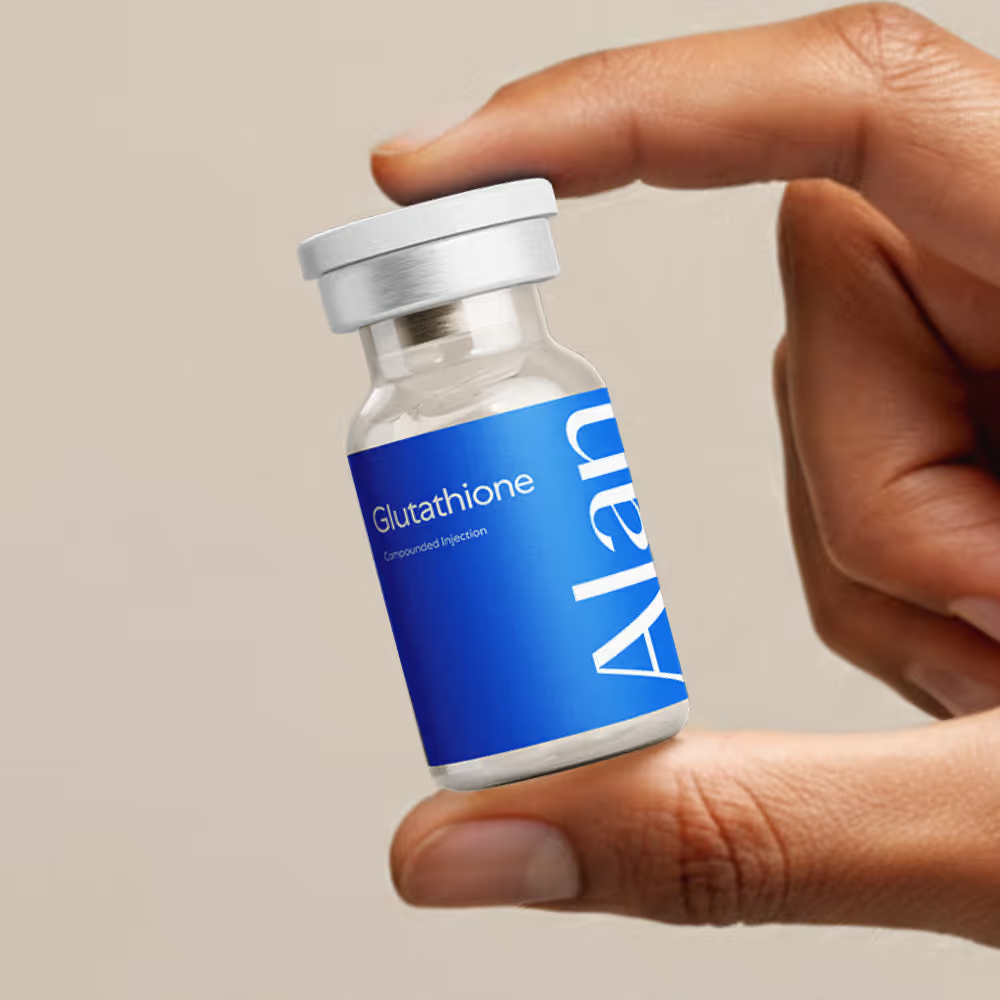



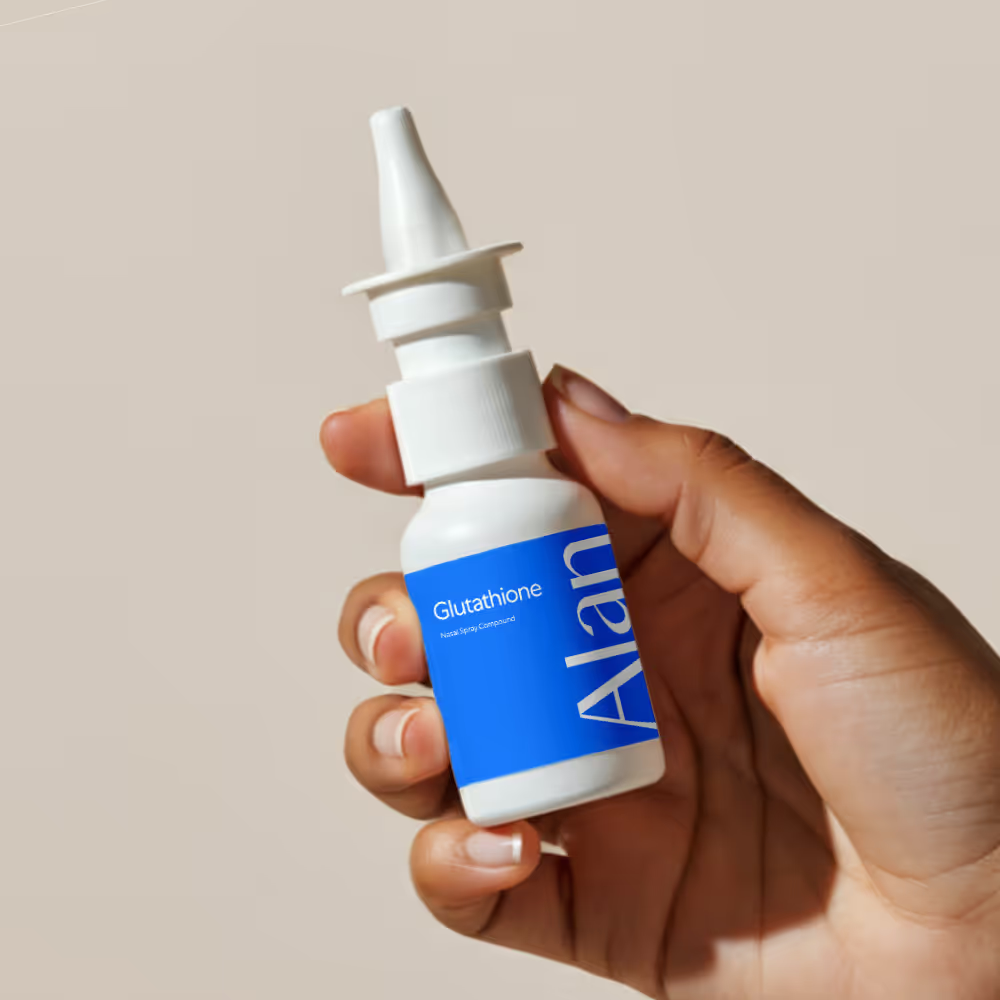

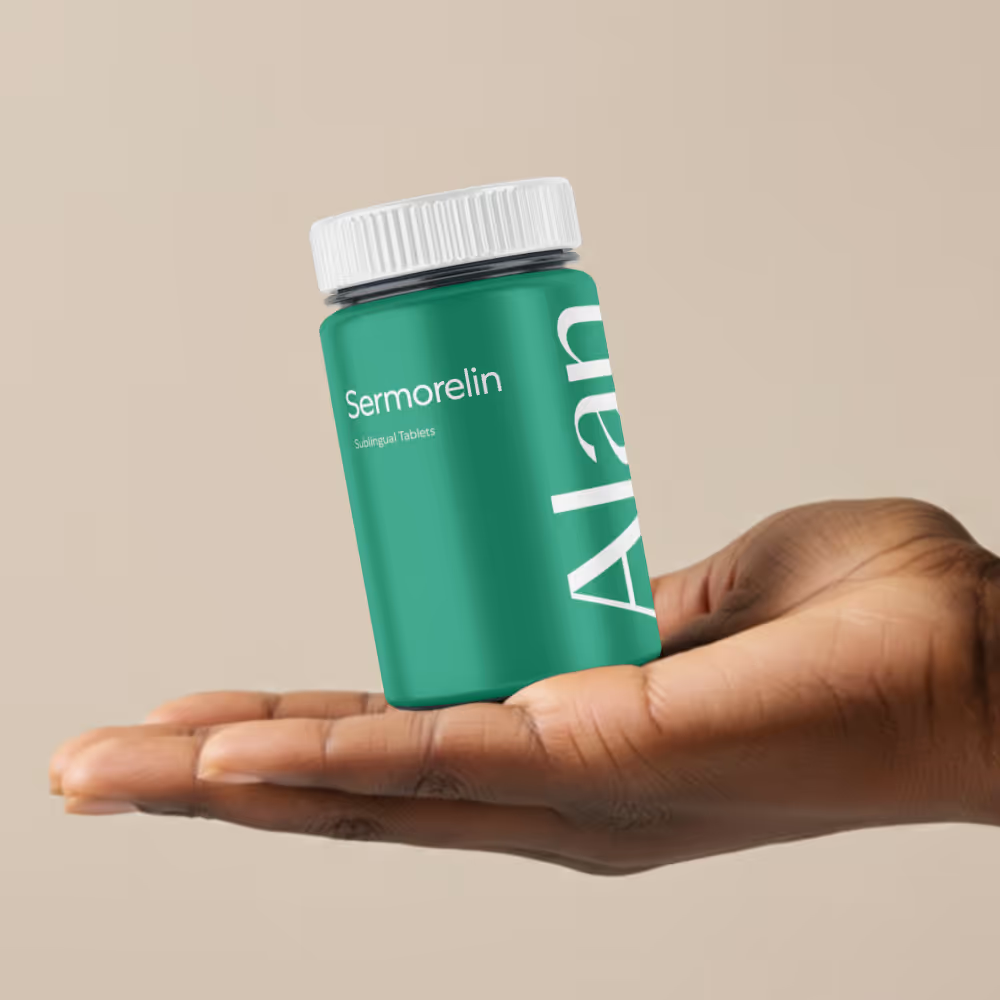

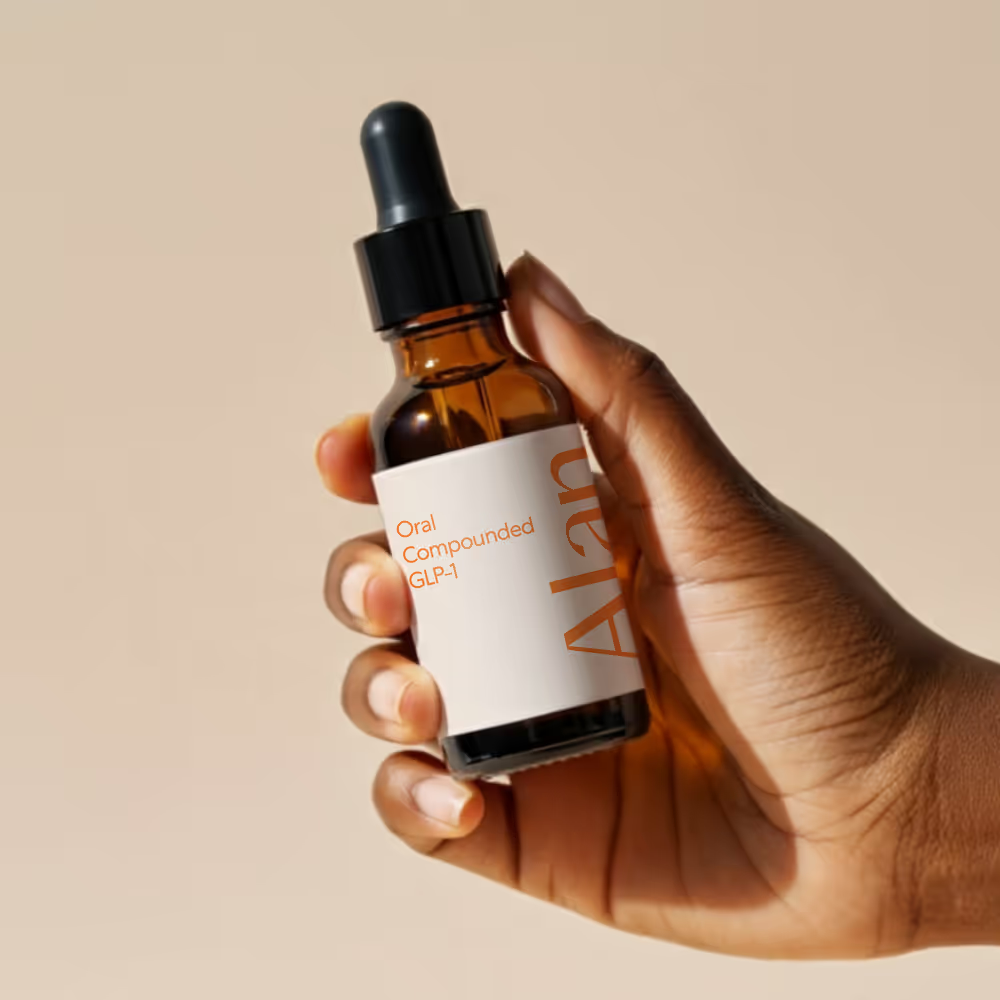



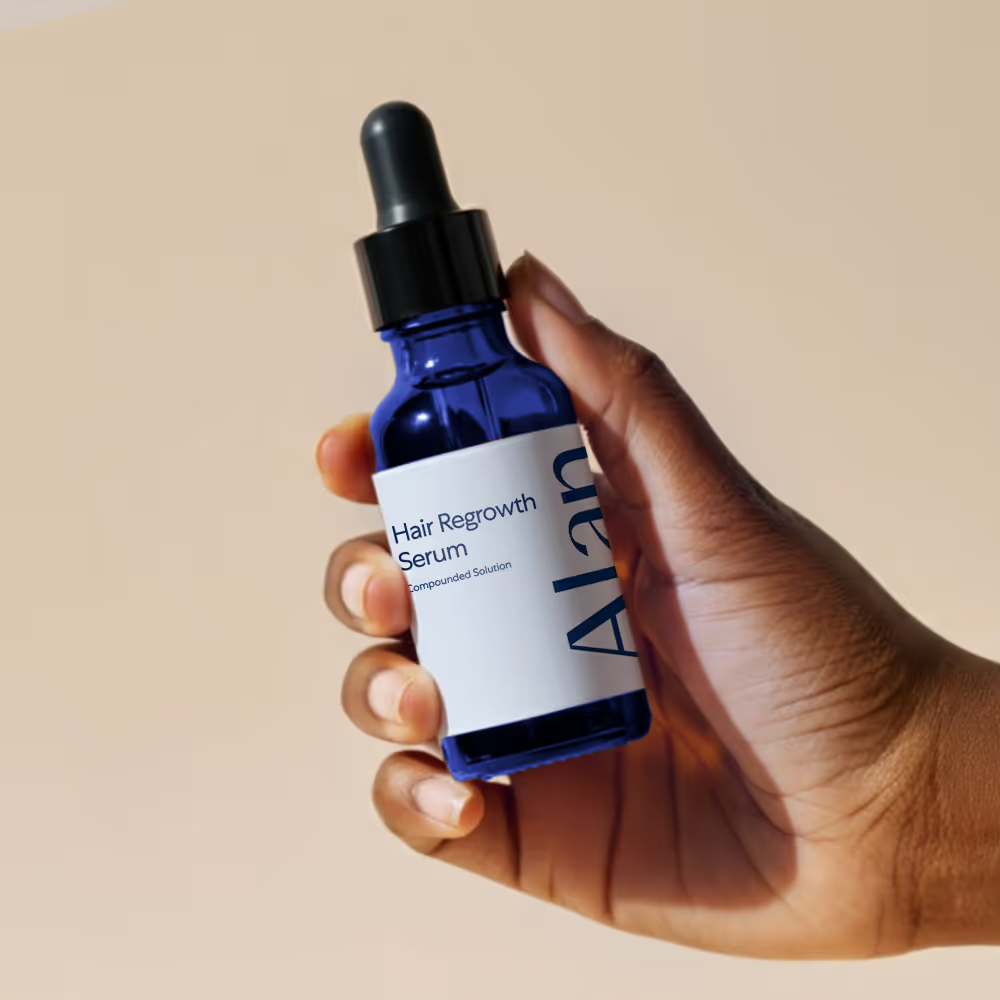

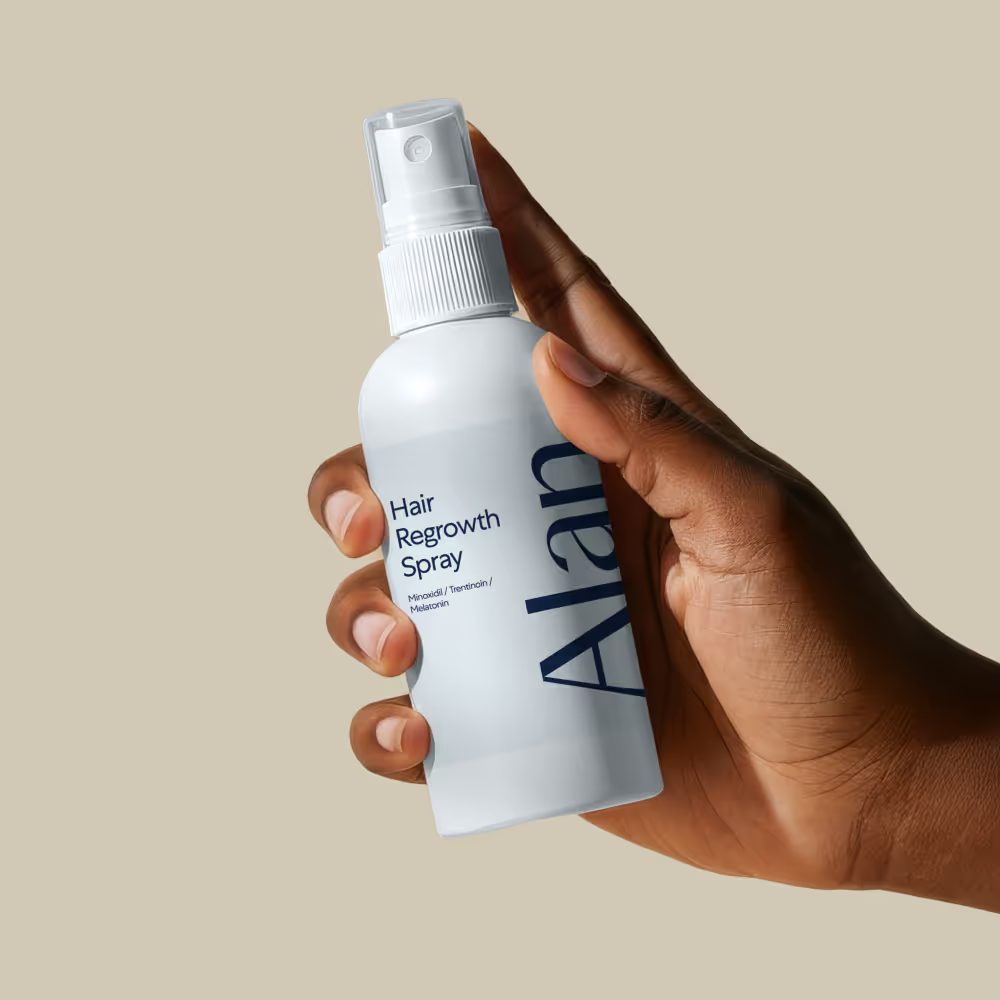

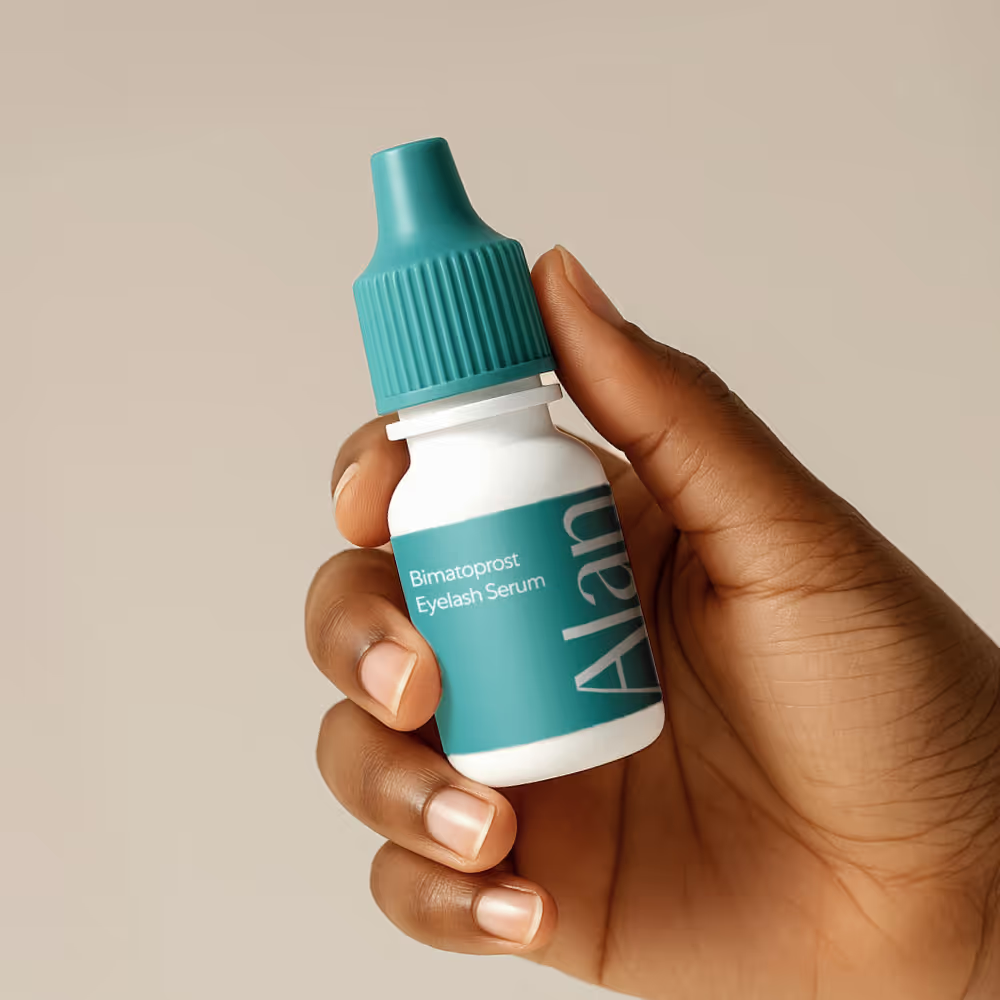



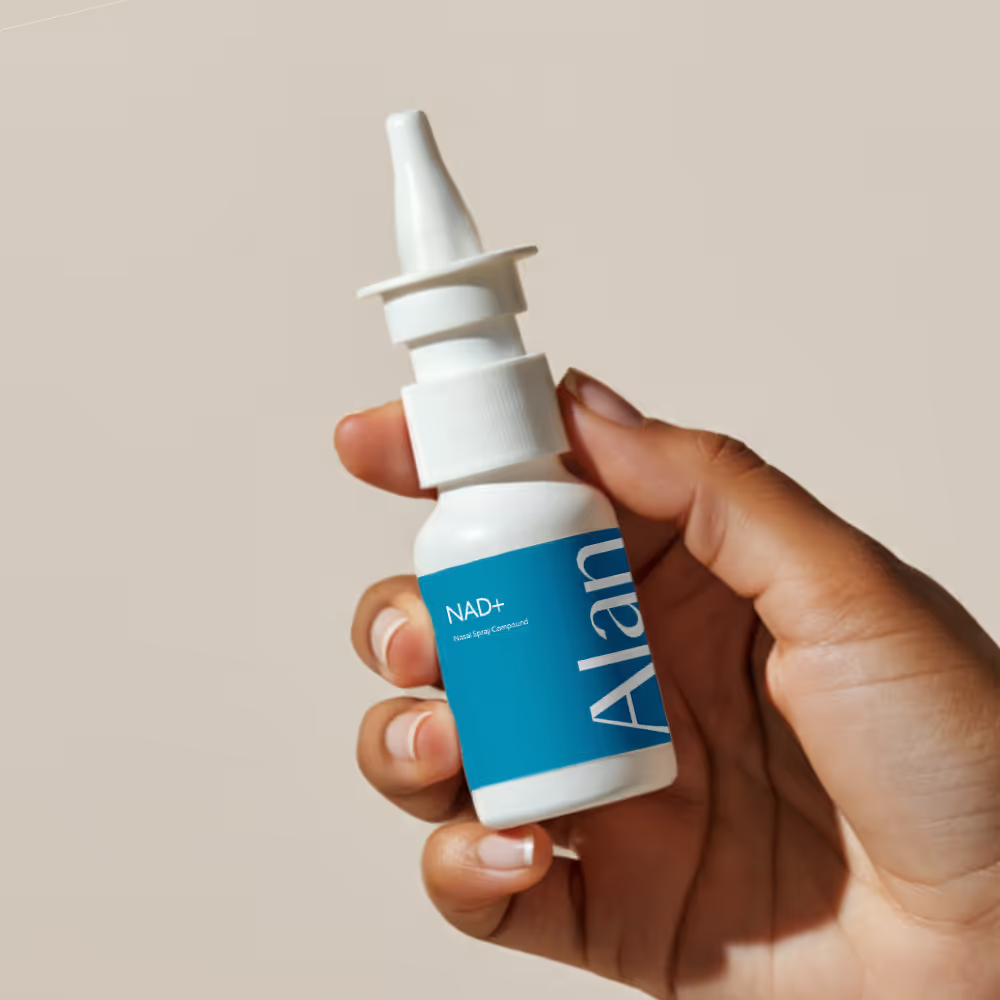

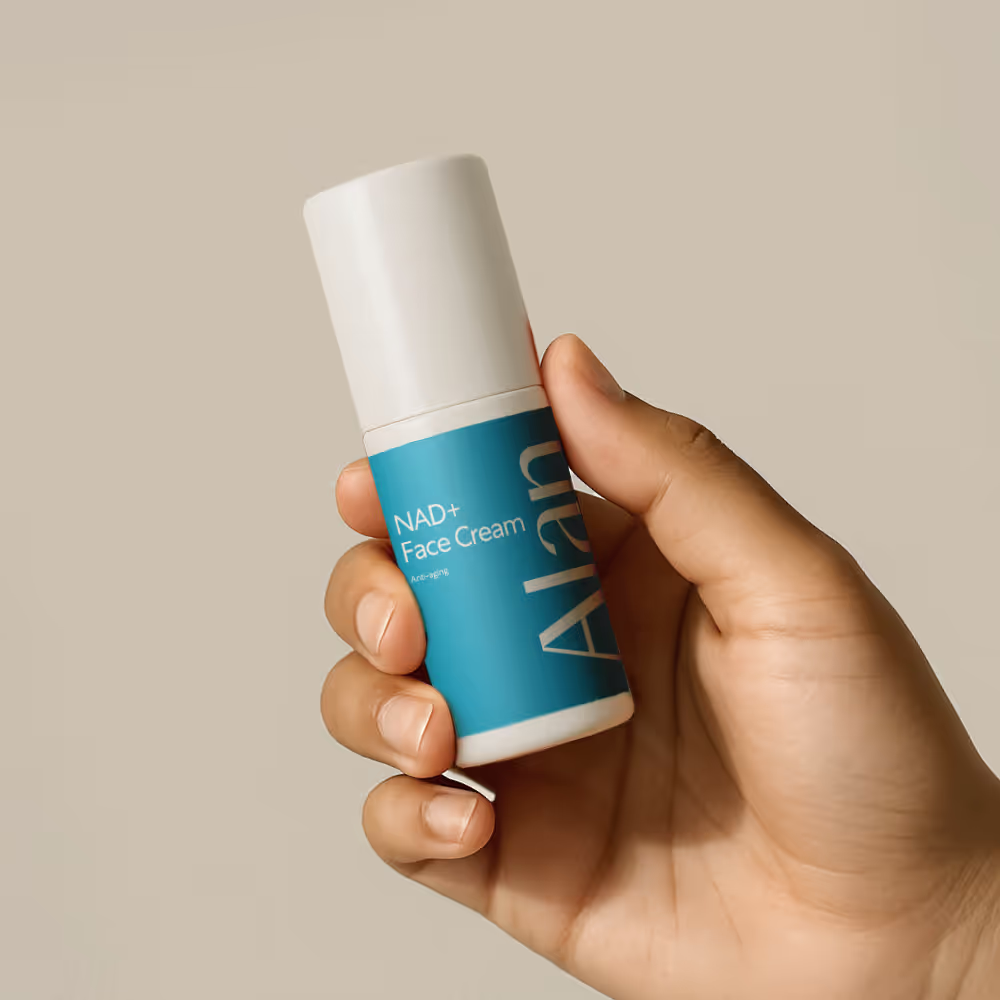

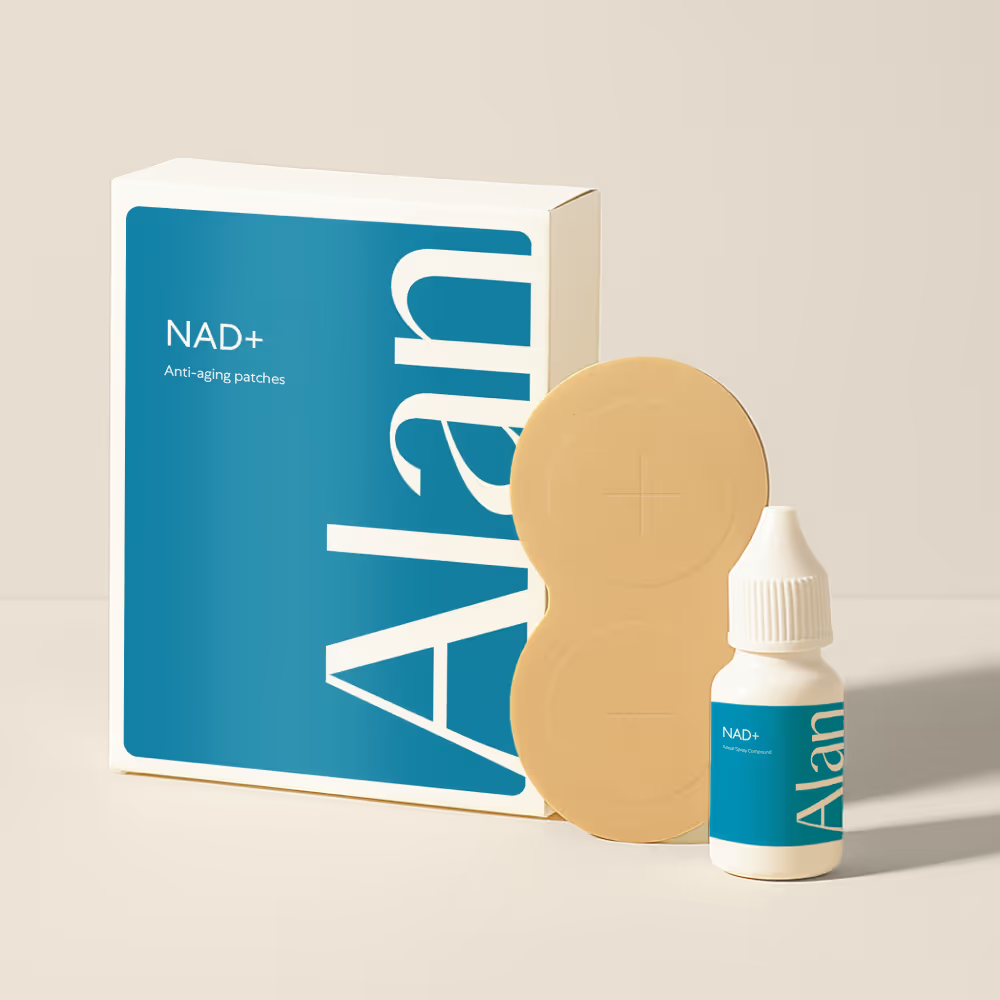

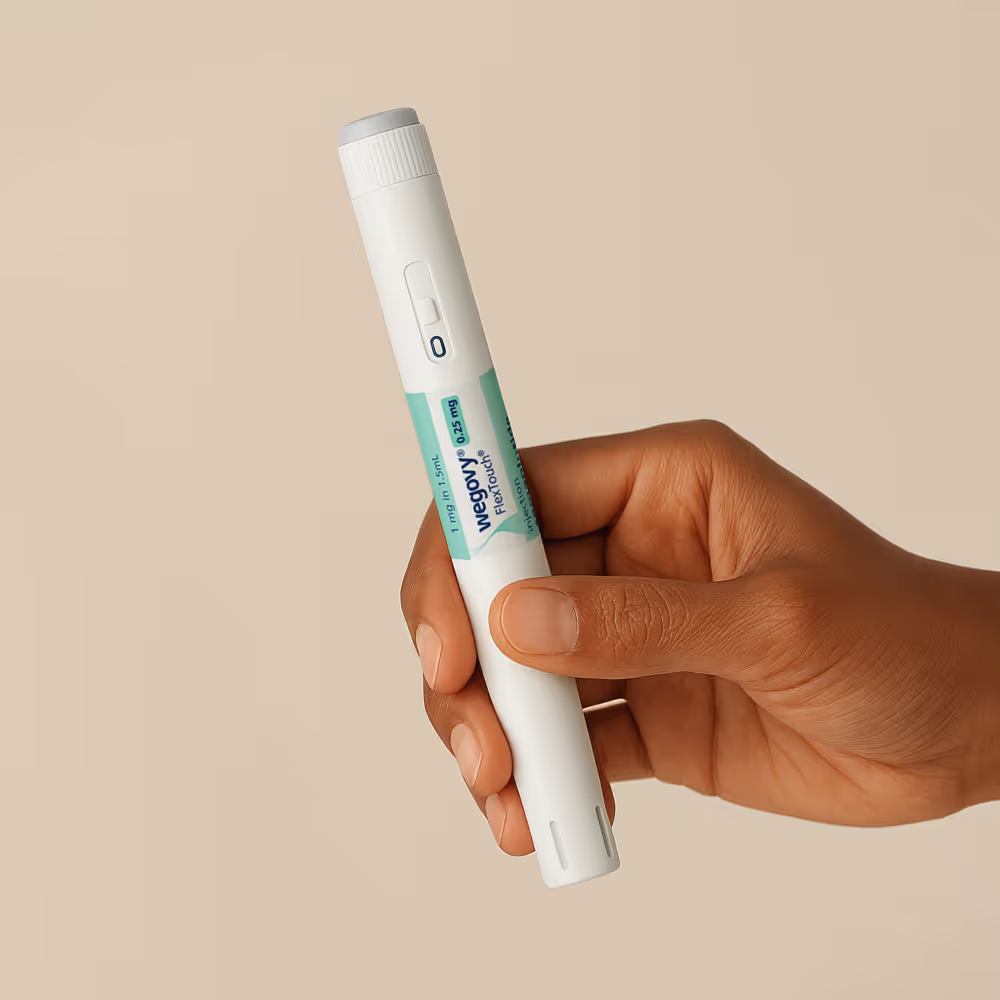

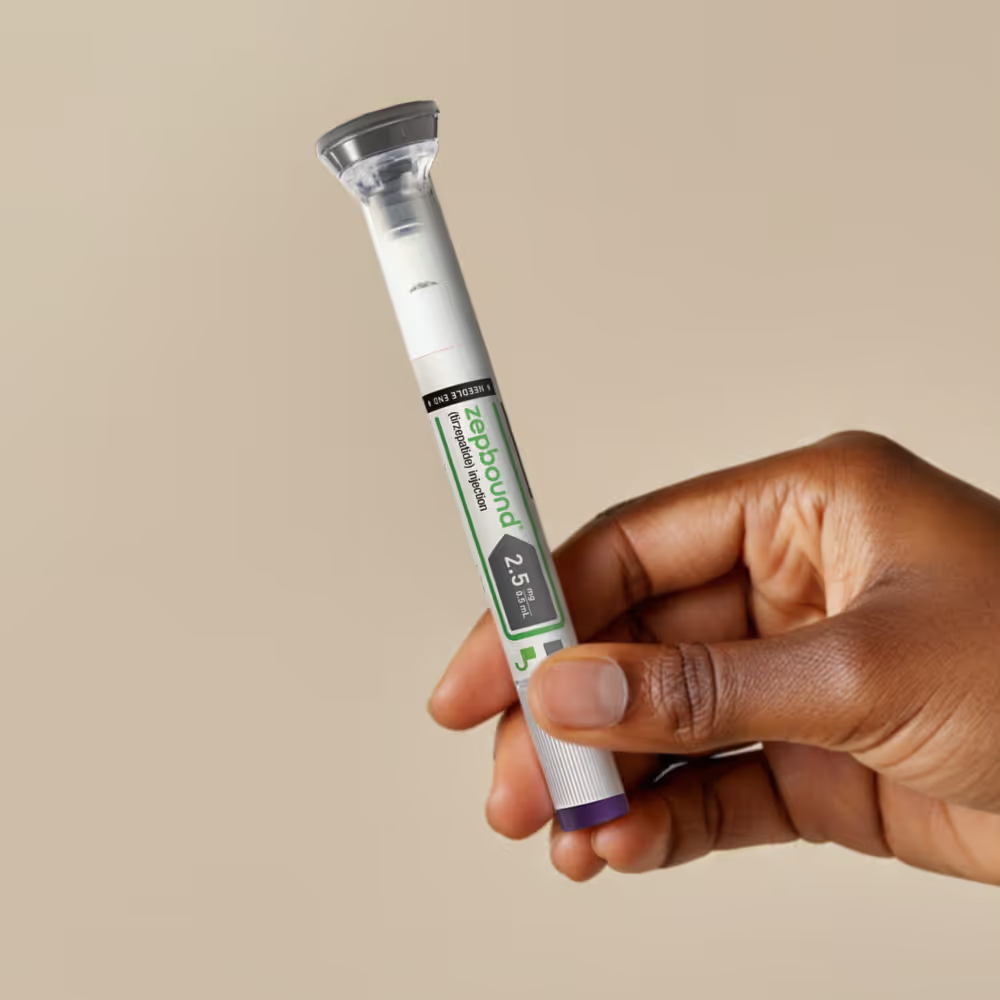

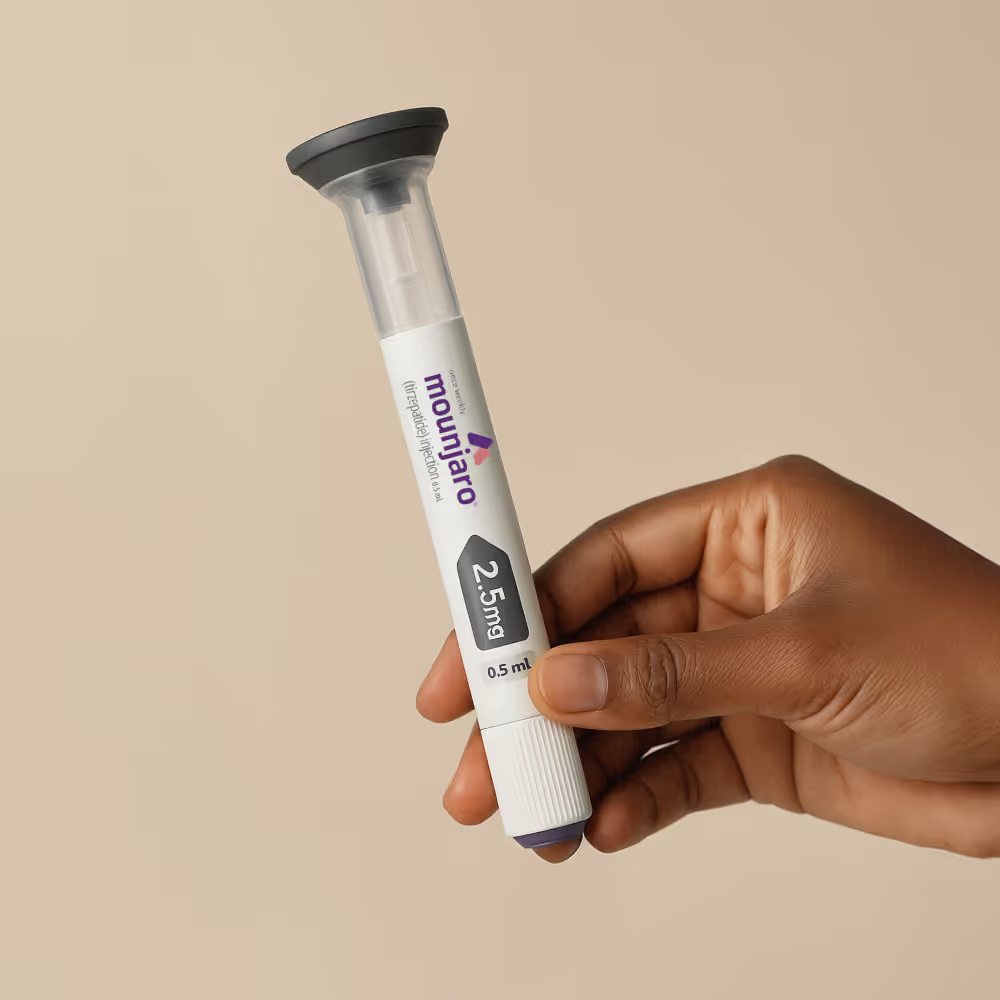

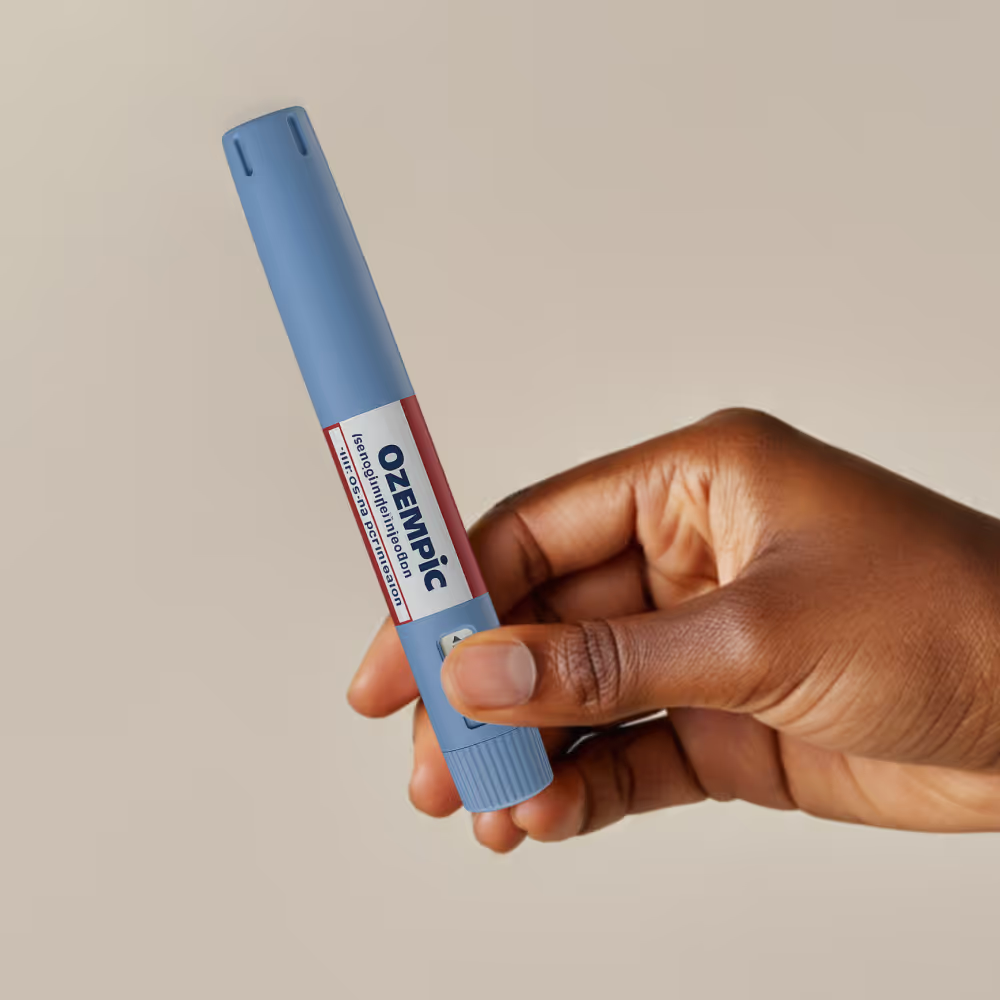



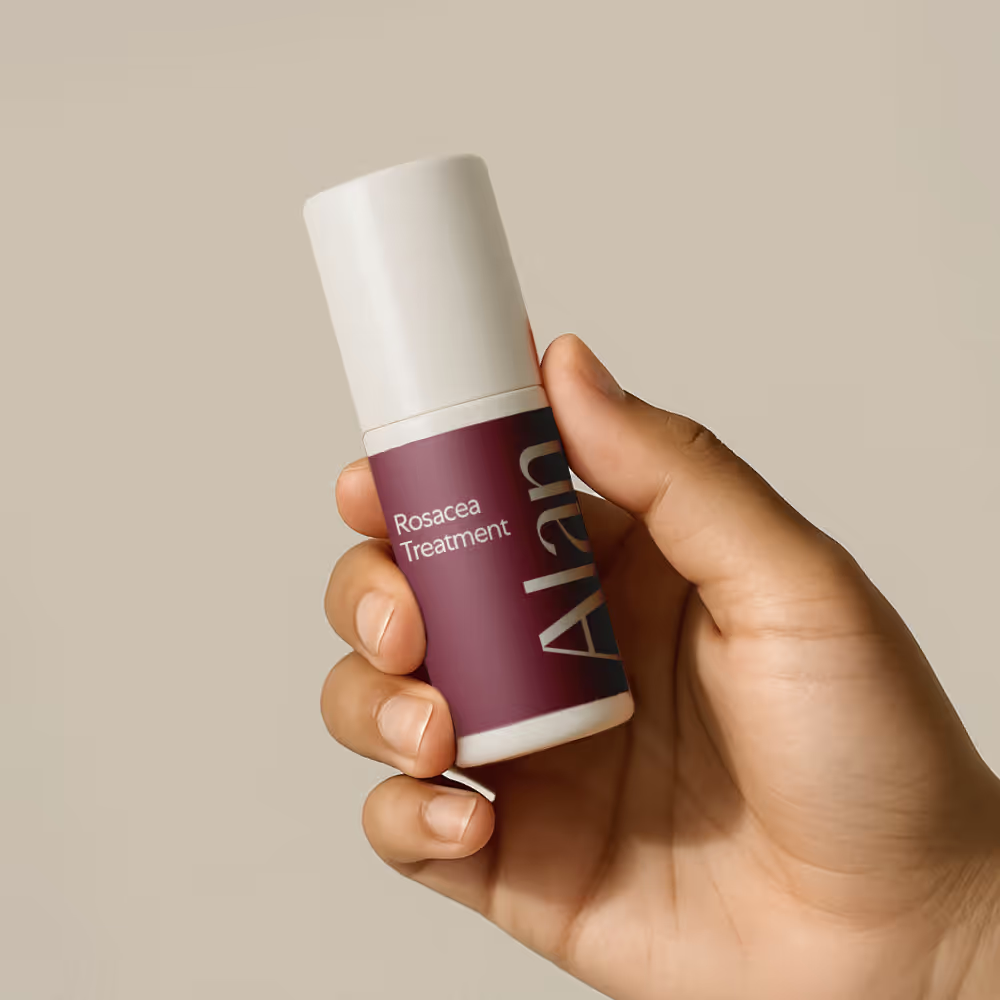

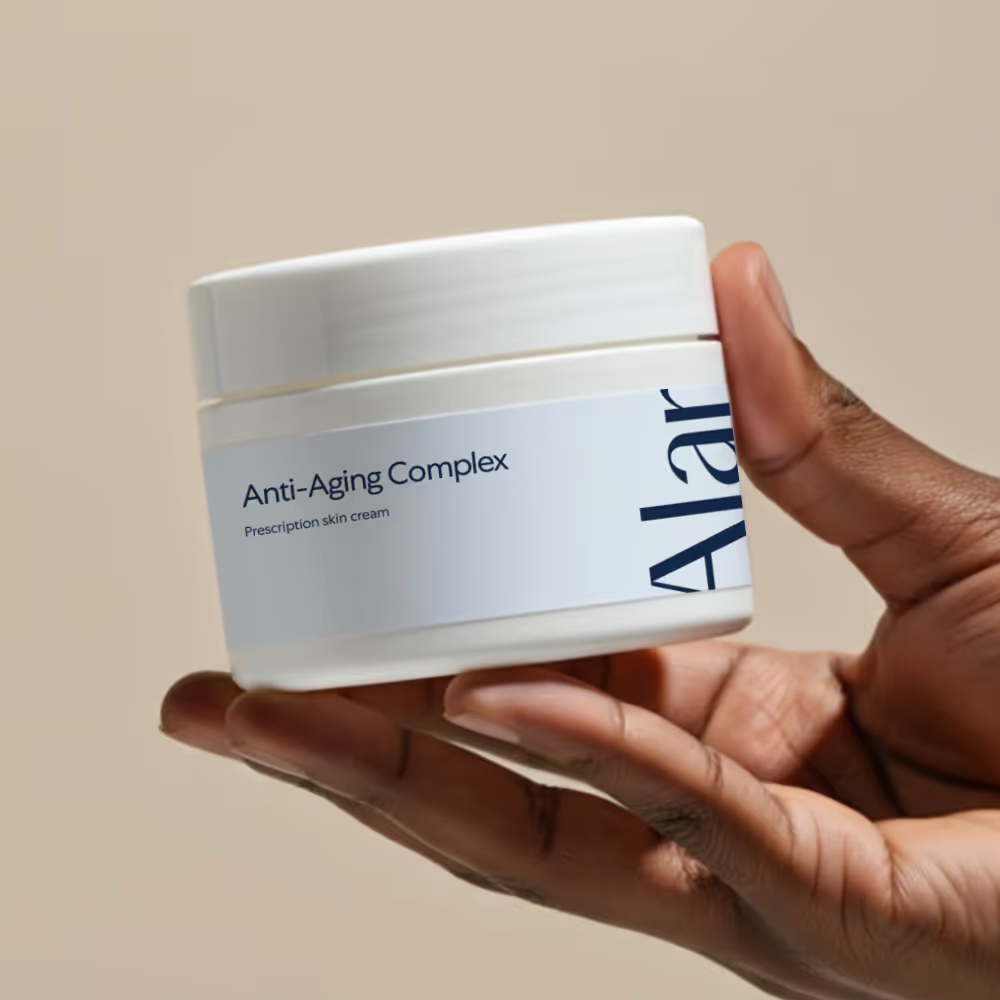

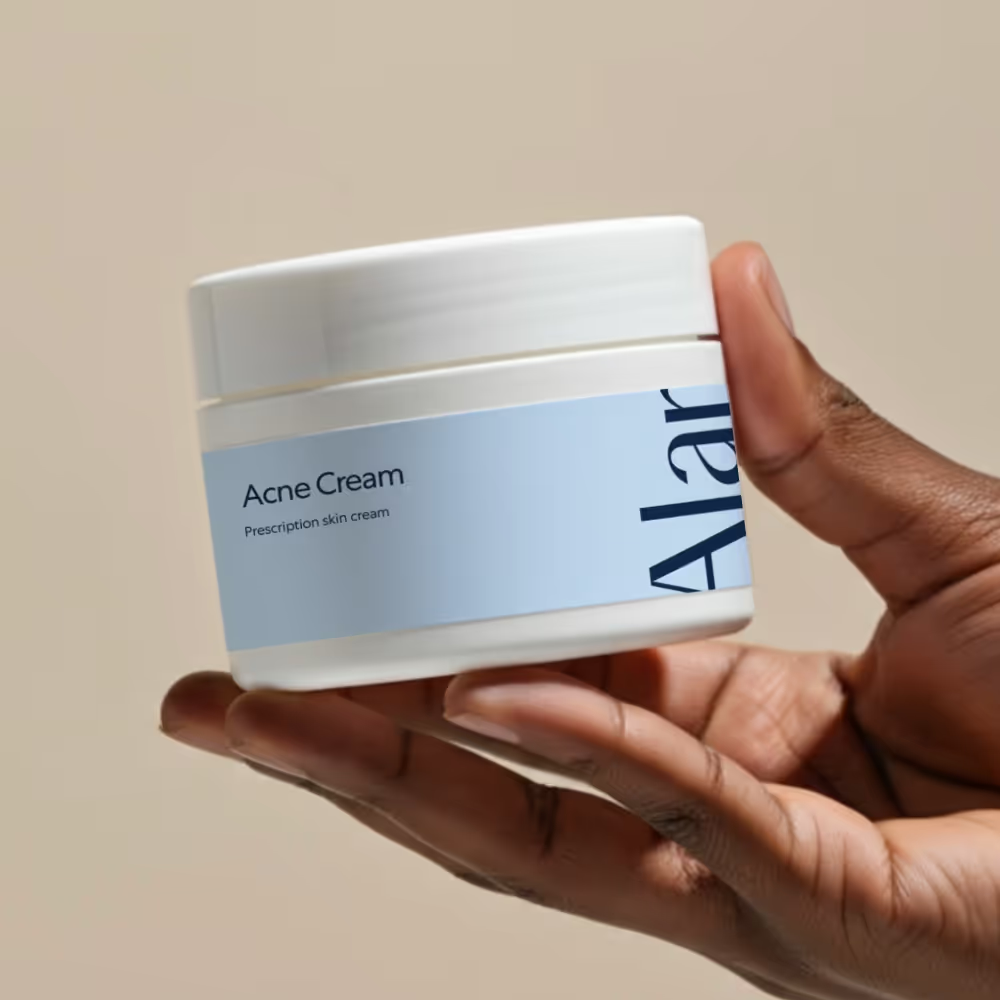



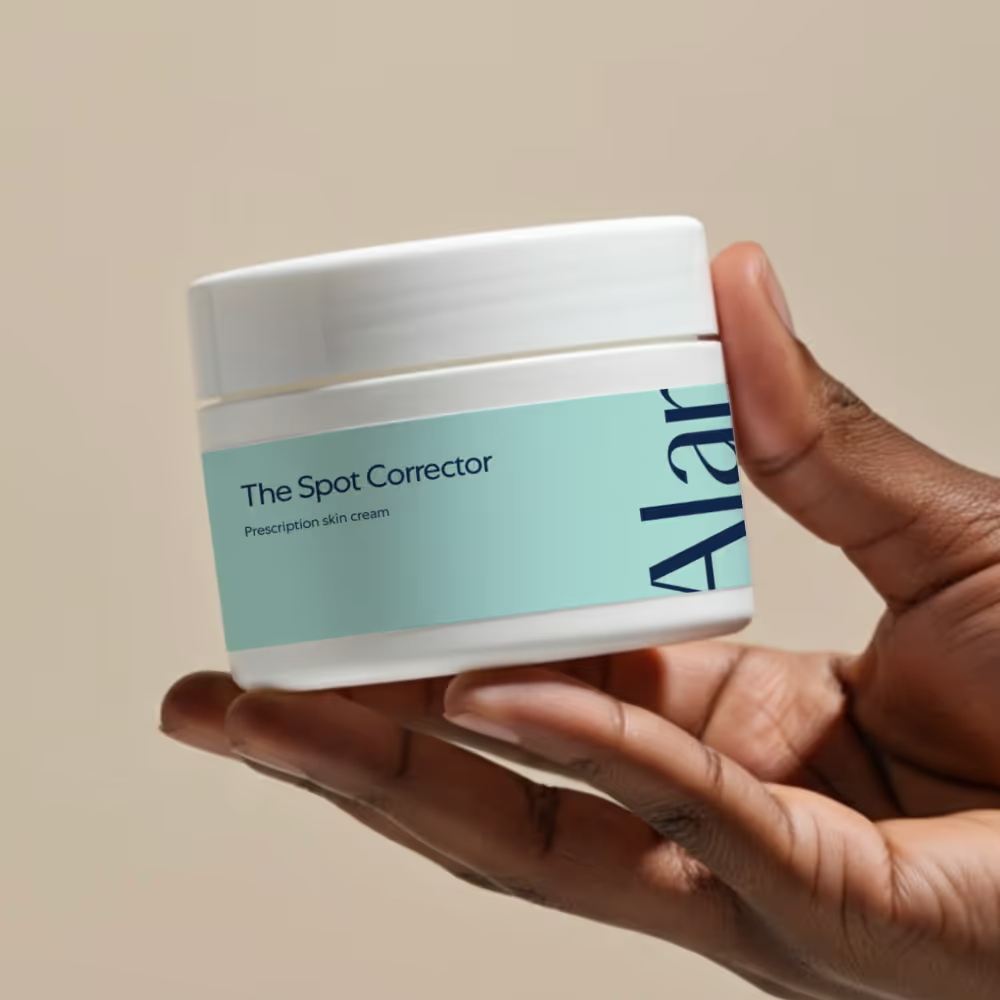



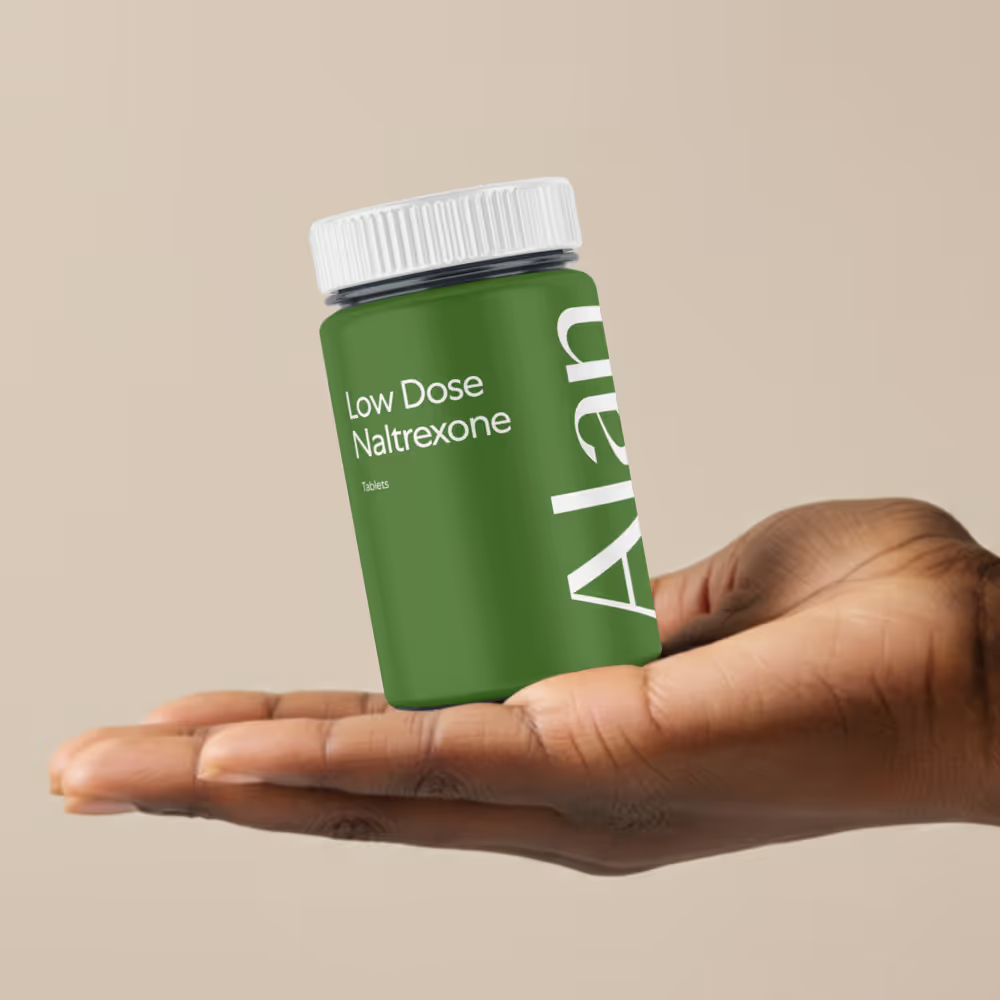






.avif)

.avif)



